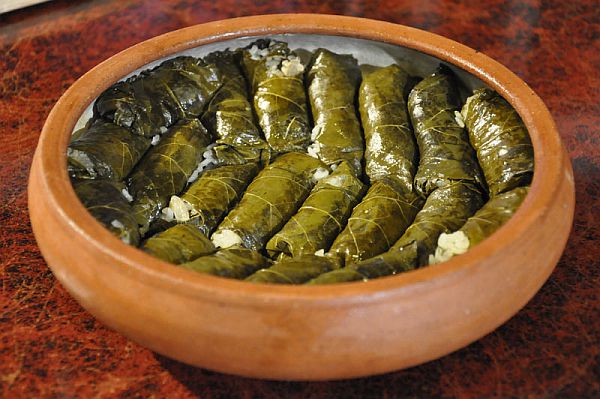
With the arrival of the New Year, all the old regrets are tossed out, old heartburns swept aside the whole world gets busy with new resolutions, new courage to face the world and new grit and determination.
The practice of celebrating the passing away of the old year and welcoming the New Year with open arms is not of recent origin. It is centuries old….
The history of New Year celebration dates back to the 2000 BC when it was first observed in ancient Babylon as an event to greet the new time during the middle of March and was an initialization of the modern concept of greeting the new time. During the 18th Century, January 1st was accepted as a beginning of the New Year. In spite of this change, Armenians in many regions of the country, like Udik, continued to celebrate New Year on Navasard. Gradually at the end of the 20th century all Armenians adopted the 1st of January as the official first day of the New Year.
In Armenia it was a custom for children to gather in-groups on New Year’s Eve and go around their village, greeting the New Year by singing songs to their neighbors. They usually received lots of fruit as present. Decorating a New Year’s tree was not one of the customs in the past. Within the family, it was a custom for the family members to exchange presents, but, a wife never received a present from her husband, as this was considered a disgrace.
Children in the family, the youngest ones following the elderly, would go to their father, who had the presents hidden in his coat, and after kissing their father’s hand everyone would receive his present.
Parts of the traditional New Year’s meal like various dried fruits, raisins, different kinds of nuts, gahin and others would have been previously prepared, but the pastries, cakes and harisan would have been prepared on the 30th of December.
The most important among the pastries was the Darin, which was presenting the New Year. Armenian women liked to cook Darin for their family. The bread was kneaded with luck and good wishes pressed into the dough before it was cooked. Darin was big flat bread, which had a coin hidden in it. The person who found the piece with the coin in it was considered the ‘lucky’ member of the family for the New Year.











